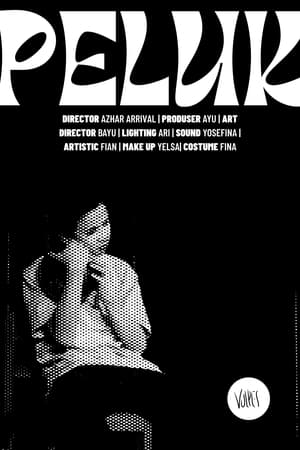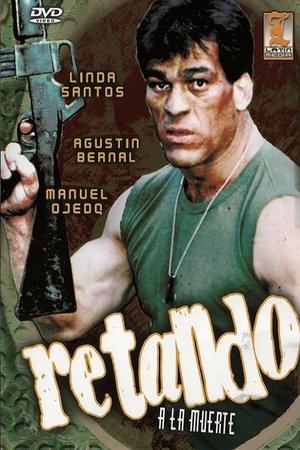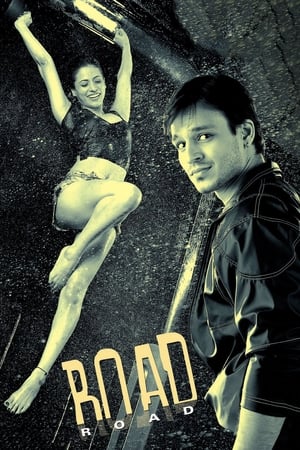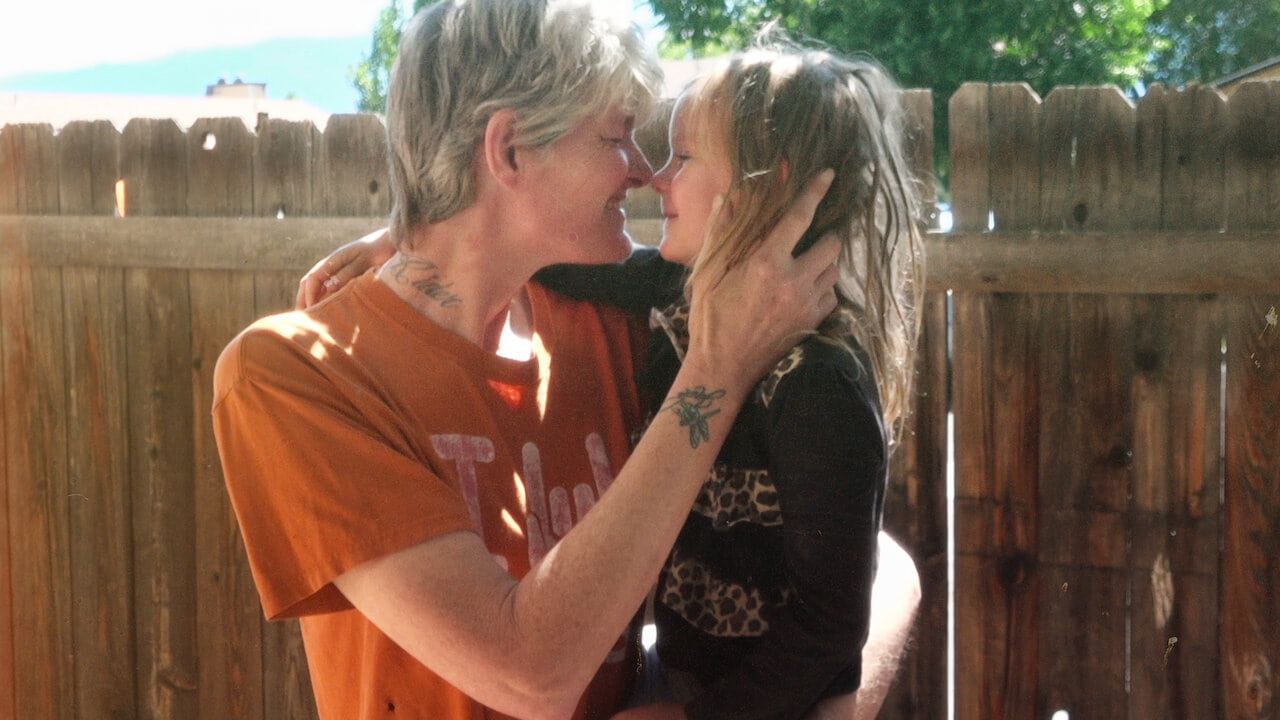

I Love You I Miss You I Hope I See You Before I Die(2020)
A harsh and dreamy story of a young girl from the American West and her longing heart. Through Betty we experience a tight family clan of children born by children born by children where love and dependency go hand in hand.

Movie: I Love You I Miss You I Hope I See You Before I Die
Video Trailer I Love You I Miss You I Hope I See You Before I Die
Recommendations Movies
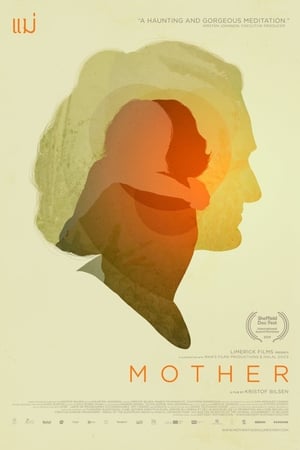 7.0
7.0Mother(th)
In a village in Thailand, Pomm works in a care center for Europeans with Alzheimer's. While she is separated from her children, she helps Elisabeth during the final stages of her life, as Maya, a new patient, is on her way from Switzerland.
 2.5
2.5Ballistic(en)
A homeless veteran discovers his sister's killer is back on the streets after being released from prison earlier than expected, sending him on a downward spiral of vengeance.
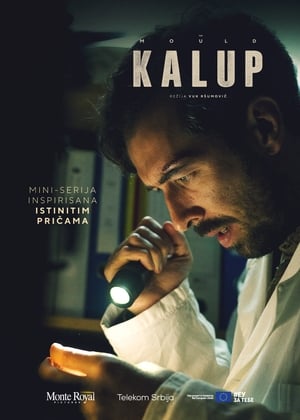 5.8
5.8The Mould(sr)
Under the pressure of the international community, the Serbian Government establishes a Mixed Commission, and conferred to it the examination of facts in the affair "missing babies" that has lasted for several decades.
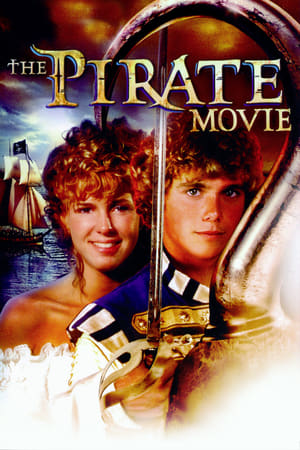 4.9
4.9The Pirate Movie(en)
A comedy/musical utilizing both new songs and parodies from the original (Gilbert and Sullivan's Pirates of Penzance), as well as references to popular films of the time, including Star Wars and Raiders of the Lost Ark. In your typical boy meets girl, boy loses girl, boy fights girl with swords plot, the story revolves around Mabel.
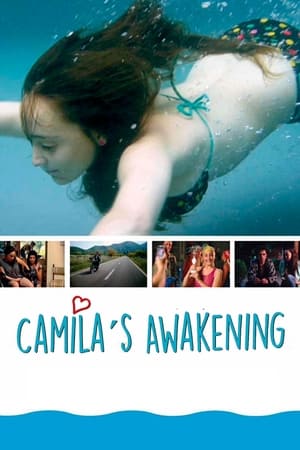 5.0
5.0Camila's Awakening(es)
At seventeen, Camila got too used to win. Smart and beautiful, she has managed to achieve every goal. She loves swimming and doesn’t know failure. However, the water that has given her success in the recent past, now leads her to the biggest setback of her life: a cerebrovascular accident (CVA) that will force her to reinvent herself with courage, humor, and love.
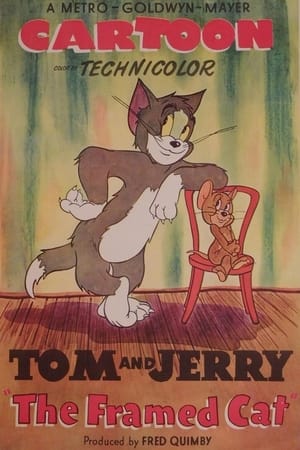 7.0
7.0The Framed Cat(en)
Tom filches a drumstick from a fresh-baked chicken. When Mammy is about to discover him, he hands it off to Jerry; this lets him be a hero to Mammy and still get his chicken. Jerry is miffed, and sees his chance to retaliate: Spike is very possessive of his bone. Jerry keeps stealing the bone and planting it on Tom. Finally, Jerry bores a hole in the bone, inserts a bolt, and gets Tom to swallow a magnet. The bone keeps coming back to Tom, even through a fence. Finally, as Tom runs off followed by Spike, Jerry, who's been hiding in a tin can, is also dragged along.
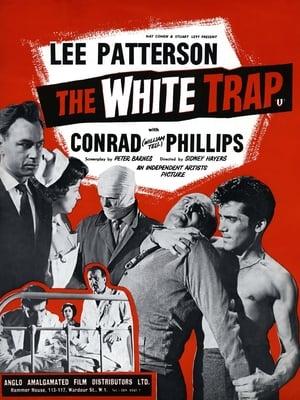 5.8
5.8The White Trap(en)
Serving a jail sentence for a crime he didn't commit, Paul Langley makes several attempts to escape from prison, in order to clear his name. He also has other problems, his wife is about to go into labor with their first baby.
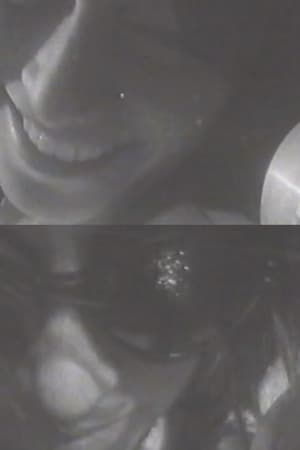 6.6
6.6Film(en)
Before the three feature films, Mario Schifano directs the camera towards the people around him to create real film diaries. His friends, his time partner and the artists he frequented are portrayed in their everyday life or object of the mechanical gaze of the camera, a filter through which to look at the outside world.
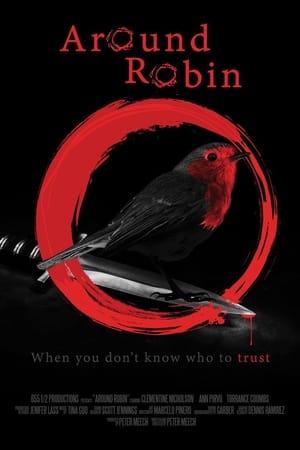 4.5
4.5Around Robin(en)
A young celebrity receives a letter from a mysterious stalker and develops catalepsy, a condition that paralyzes her whenever she feels threatened. After more letters arrive, suspicion falls on members of her inner circle, all of whom are dangerously obsessed with her.
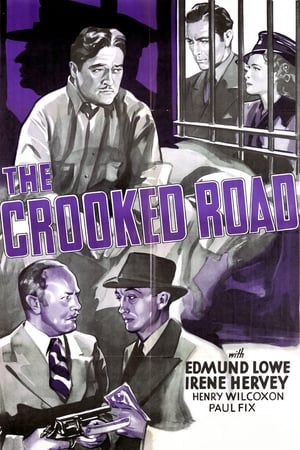 5.5
5.5The Crooked Road(en)
A blackmail threat from an old prison buddy compels a man who has gone straight to consider yet another crime.
 6.3
6.31-2-3(es)
How can we visualize Body Ownership? We connected Body Ownership with an I-perspective, looking for images that uncover the multiplicity of the ‘I’ First person plural. Strapping two body cameras (GoPros) to our chests, we move in direct body contact. Our premise is that both I-perspectives of the cameras are at interplay with each other, showing that gaze is never produced by a singular entity. Instead, it is the result of bodies touching and reacting constantly to each other. The body cameras are joined by an external camera – a third-person perspective. While it may hold a position of power as the one who frames the image from the outside, it desires to dive into the collective I-perspective. BE-LONGING. At one point the gazes of the I-perspectives and the outside camera meet – they look at each other looking. Gazes conjoined with bodies. Body is spatiosocially bound, is situated.
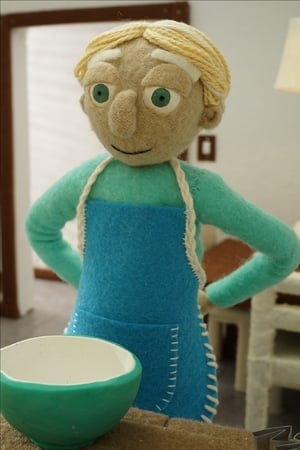 9.5
9.5Welcome(en)
A man tries to befriend his new neighbour by baking her cookies. It doesn’t go as planned.
Emmylou Harris's Ten Commandments of Country(en)
Live performance in which Emmylou Harris presents her ten rules of what makes a great country song, personally chosen from her own extensive repertoire. Filmed in Los Angeles in an intimate venue, the show features songs with Emmylou accompanied by her blue grass band. Each track illustrates one of her ten commandments, with a short introduction to explain why it was chosen and what element of country music it best represents.
Similar Movies
 0.0
0.0Blade Rollers(en)
Honour West and Joan Camuglia-May share their experiences in this upbeat roller-skating documentary.
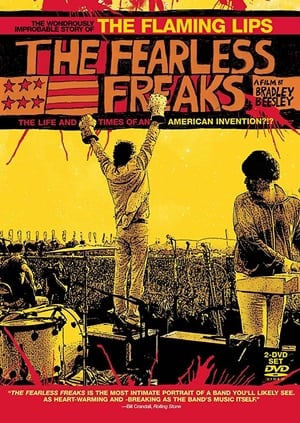 7.0
7.0The Fearless Freaks(en)
Equal parts punk and psychedelia, the Flaming Lips emerged from Oklahoma City as one of the most bracing bands of the late 1980s. The Fearless Freaks documents their rise from Butthole Surfers-imitating noisemakers to grand poobahs of orchestral pop masterpieces. Filmmaker Bradley Beesely had the good fortune of living in the same neighborhood as lead Lip Wayne Coyne, who quickly enlisted his buddy to document his band's many concerts and assorted exploits. The early footage is a riot, with tragic hair styles on proud display as the boys attempt to cover up their lack of natural talent with sheer volume. During one show, they even have a friend bring a motorcycle on stage, which is then miked for sound and revved throughout the performance, clearing the club with toxic levels of carbon monoxide. Great punk rock stuff. Interspersed among the live bits are interviews with the band's family and friends, revealing the often tragic circumstances of their childhoods and early career.
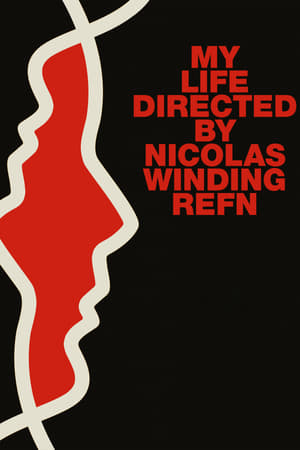 6.4
6.4My Life Directed by Nicolas Winding Refn(en)
A documentary directed by Winding Refn's wife, Liv Corfixen, and it follows the Danish-born filmmaker during the making of his 2013 film Only God Forgives.
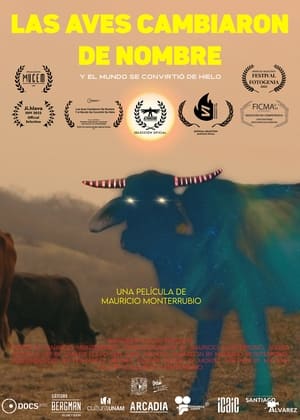 0.0
0.0The Birds Changed Names And The World Turned Into Ice(es)
Migrant families experience violence, but they also keep beautiful memories when they arrive in new lands. Fantastic and intimate stories, recalled from childhood, travel across time and space, magically intermingling with the help of the four elements and breaking the boundaries of cinema.
 8.0
8.0Won't You Be My Neighbor?(en)
For more than thirty years, and through his television program, Fred Rogers (1928-2003), host, producer, writer and pianist, accompanied by his puppets and his many friends, spoke directly to young children about some of life's most important issues.
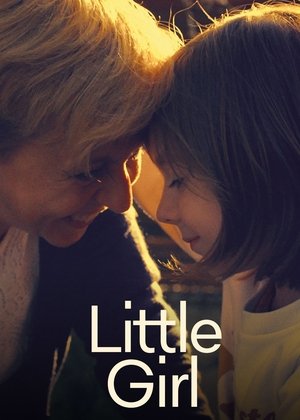 7.9
7.9Little Girl(fr)
7-year-old Sasha has always known that she is a girl. Sasha’s family has recently accepted her gender identity, embracing their daughter for who she truly is while working to confront outdated norms and find affirmation in a small community of rural France.
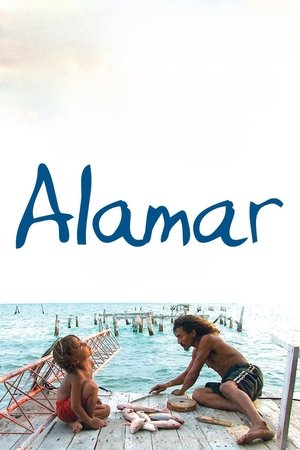 6.8
6.8To the Sea(es)
Before leaving for Rome with his mother, five year old Natan is taken by his father, Jorge, on an epic journey to the pristine Chinchorro reef off the coast of Mexico. As they fish, swim, and sail the turquoise waters of the open sea, Natan discovers the beauty of his Mayan heritage and learns to live in harmony with life above and below the surface, as the bond between father and son grows stronger before their inevitable farewell.
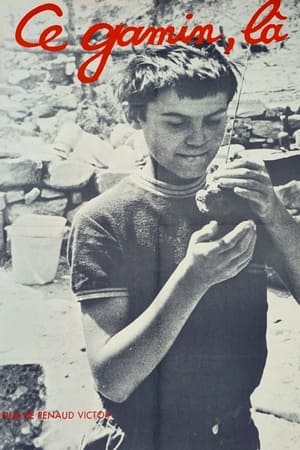 5.0
5.0That Kid(fr)
A group of educators led by Fernand Deligny are working to create contact with autistic children in a hamlet of the Cevennes.
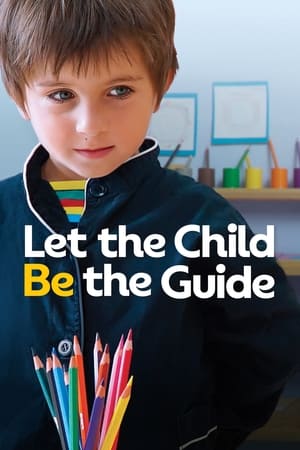 6.8
6.8Let the Child Be the Guide(fr)
As a young father, watching his daughter go through her life experiences, film director Alexandre Mourot discovered the Montessori approach and decided to set his camera up in a children's house (3 to 6 years of age) in the oldest Montessori school in France. Alexandre was warmly welcomed in a surprisingly calm and peaceful environment, filled with flowers, fruits and Montessori materials. He met happy children, who were free to move about, working alone or in small groups. The teacher remained very discreet. Some children were reading, others were making bread, doing division, laughing or sleeping. The children guided the film director throughout the whole school year, helping him to understand the magic of their autonomy and self-esteem - the seeds of a new society of peace and freedom, which Maria Montessori dedicated her life work to.
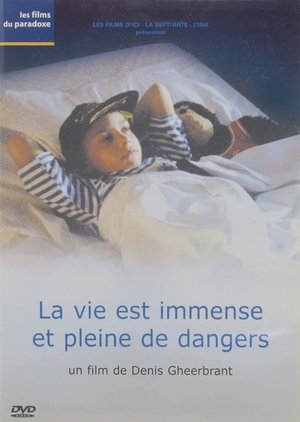 0.0
0.0Life Is Boundless and Full of Dangers(fr)
Cédric is a child like millions of others. The only difference is that the little boy is seriously ill and must spend six months in a hospital. Fortunately, the medical staff are well aware that Cédric, like other kids named Steve or Dolores, must - above all else - live his child's life.
 8.5
8.5The Family Approach(de)
Between parental love, youth welfare offices and bureaucracy, three educators try their hardest to create a temporary home for children. This is not always easy, as the most diverse personalities and their stories clash here. And yet the residential group becomes a kind of surrogate family for the children. At the back of their minds, however, is always the question: for how long?
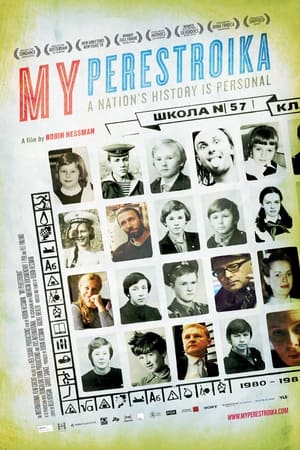 6.4
6.4My Perestroika(ru)
Tells the story of five people from the last generation of Soviet children who were brought up behind the Iron Curtain. Just coming of age when the USSR collapsed, they witnessed the world of their childhood crumble and change beyond recognition. Through the lives of these former schoolmates, this intimate film reveals how they have adjusted to their post-Soviet reality in today's Moscow.
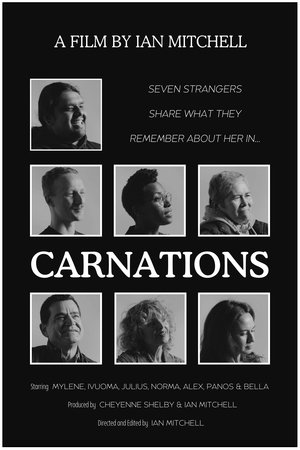 0.0
0.0Carnations(en)
Seven strangers are interviewed to talk about the relationship they have with their mother.
 0.0
0.0Welcome Home Freckles(ko)
After four years away, Huiju returns home to South Korea. Exchanges with her loved ones are awkward and clumsy. Huiju turns once again to her familiar rituals: pruning the trees, preparing a sauce, tying a braid.
 7.0
7.02022 Stanley Cup Championship Film: Colorado Avalanche(en)
Avs fans can relive the team’s memorable 2021-22 season and 2022 Stanley Cup Playoffs run with the ESPN+ premiere of 2022 Colorado Avalanche Stanley Cup Film.
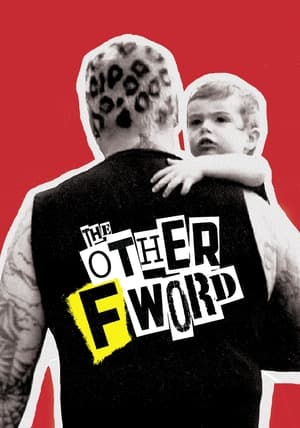 6.4
6.4The Other F Word(en)
What happens when a generation's ultimate anti-authoritarians — punk rockers — become society's ultimate authorities — dad's? With a large chorus of Punk Rock's leading men — Blink-182's Mark Hoppus, Red Hot Chili Peppers' Flea, Rise Against's Tim McIlrath — The Other F Word follows Jim Lindberg, 20-year veteran of skate punk band, Pennywise, on his hysterical and moving journey from belting his band's anthem, 'Fuck Authority', to embracing his ultimately pivotal authoritarian role in mid-life, fatherhood.
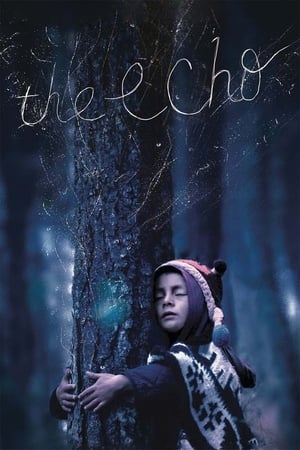 6.9
6.9The Echo(es)
In the remote village of El Echo that exists outside of time, the children care for the sheep and their elders. While the frost and drought punish the land, they learn to understand death, illness and love with each act, word and silence of their parents. A story about the echo of what clings to the soul, about the certainty of shelter provided by those around us, about rebellion and vertigo in the face of life. About growing up.
 0.0
0.0The Four Corners: A National Sacrifice Area?(en)
Documents the cultural and ecological impacts of coal stripmining, uranium mining, and oil shale development in Utah, Colorado, New Mexico, and Arizona – homeland of the Hopi and Navajo.
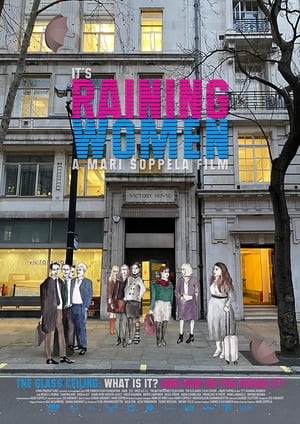 7.0
7.0It’s Raining Women(fi)
The documentary by Mari Soppela focuses on glass ceilings, a metaphor for the invisible borders between men and women in work life. Talk about glass ceilings is usually associated with women’s opportunities to advance to well paid managerial positions, but the documentary connects itself more broadly to the structural problems of work life from women’s perspective. Glass ceilings are long trials about equal pay, having to continually prove one’s skills, and 85-cent euros. The topic cannot be handled without intersectional crossings: what are invisible glass ceilings for some, are solid concrete for others.
 0.0
0.0Poison in the Rockies(en)
Acid rain, economic development, and a century of mining pollute Rocky Mountain waters.

